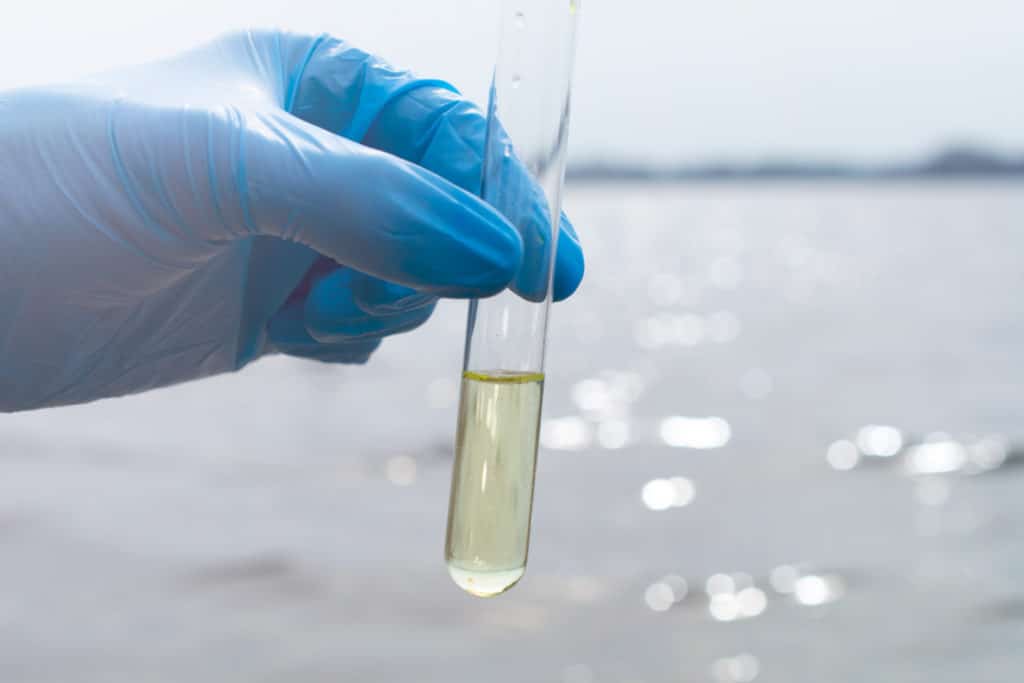If you’ve paid attention to the news over the last decade, you’ve probably noticed contaminated water issues popping up all over the country. If it hasn’t affected you directly, contaminated water could affect you in the near future. That’s why it’s important to be prepared and have your water tested regularly. In addition, it’s important to also understand the technologies used to test your water and how they’ve changed over time.
Researchers are constantly looking to improve the methods they use to test our water. They want to do anything and everything to make sure communities know exactly what is in their water. Below we explain the evolution and the future of water testing.
Establishing a Foundation
Essentially, there haven’t been many changes in water testing technology since the 1950’s. As the saying goes, if it’s not broke, no need to fix it. However, while the current technology has provided exact results and clear conclusions to water tests, there is room for improvement in areas of convenience, efficiency, and consistency. The best water testing labs want to be able to identify any contamination with quicker results and in more convenient ways.
Light Detection and Electrochemical Technology
New strategies for testing will almost always include light detection or the use of electrochemical technology. This equipment has the capabilities to detect even the smallest amounts of contamination by measuring light absorption or electrode irregularities. The most impressive aspect of this technology is that it’s inexpensive and easy for scientists and researchers to use.
Moving from Analog to Digital
Another key piece of water testing advancements is the fact that data can be transferred easily to mobile devices and smartphones. Instead of waiting to upload information to desktop computers, data can appear instantly. This is a much more convenient way to handle water testing. To learn more about the future of water testing, contact Environmental Testing and Research Laboratories, Inc. today!

